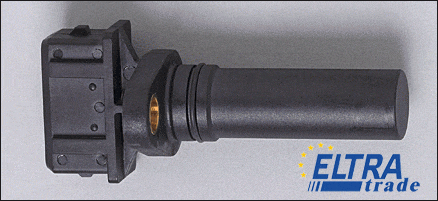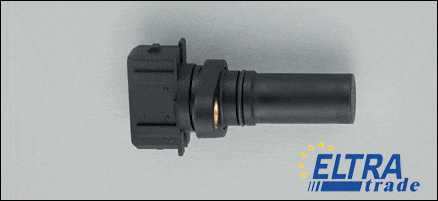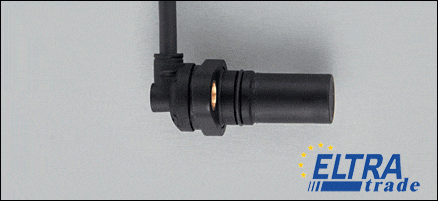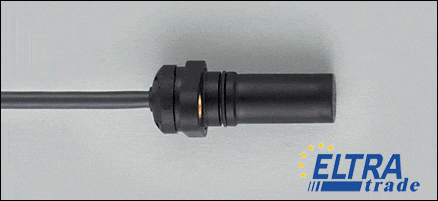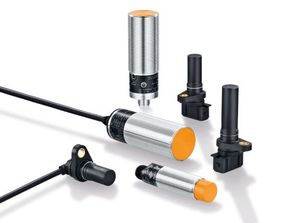IFM Speed sensors
Rotational speed sensor, Plastic housing, DC NPN, 2-kanalig, Connector, Sensing range 1.7 mm
Rotational speed sensor, Plastic housing, DC NPN, 2-channel, Connector, Sensing range 1.7 mm
Rotational speed sensor, Plastic housing, DC NPN, 2-channel, Cable, Sensing range 1.7 mm
Rotational speed sensor, Plastic housing, DC NPN, 2-channel, Cable, Sensing range 1.7 mm
IFM Efector speed sensors ✦ Full catalog of sensors: ✓ Rotational ✓ Inductive ✓ Zero speed ✓ Magnetic ➦ Buy from €47.36 Check for discounts!
In many industrial applications, it is necessary to monitor the rotational speed or the quiescent state of drives. The automotive, food processing, metallurgical and mining industries may require a speed switch sensor or another type of sensor. Speed switches are used to safely detect idling, overspeed, under-speed, or belt breakage on conveyors.
Let's learn what speed sensors are and how they work.
What are Speed Sensors?
IFM Electronic speed control sensors are designed to monitor the stopping or slowing down of various devices such as conveyors, conveyors, and rotating drums.
The speed sensors combine the detection and control of rotational speed in a single device. The sensor head works using inductive or magnetic measuring principles. The sensor detects metal working surfaces on the rotating part of the machine. An integrated evaluation converts this information into rotational speed.
Rotation speed monitoring sensors are installed so that a metal impeller, or any other object mechanically connected to the rotating mechanism, is within the sensor's range. When the mechanism rotates, the impeller causes a pulse frequency proportional to the rotation. The frequency control circuit in the sensor constantly monitors the rotation of the mechanism, and when it slows down or stops, it triggers the switching element of the sensor.
How do IFM Speed Sensors Work?
Next, let's find out what types of speed sensors exist and how they work.
Compact speed monitors
Many industrial applications require monitoring the rotational speed or quiescent state of drives. In the automotive, food processing, steel, and mining industries, speed monitors are used to safely detect idle, over, or under-speed drives or belt breaks on conveyors.
The compact DI series speed monitors combine speed detection and speed monitoring into one device. The sensor head operates using inductive measuring principles. The sensor detects metal working surfaces on rotating machine parts, such as gears or camshafts. An integrated evaluation converts this information into a rotational speed.
The target speed is easily set using a potentiometer or a button on the device.
Compact speed sensors for hazardous areas
In many industrial applications, it is necessary to monitor the rotational speed or the quiescent state of drives. In potentially explosive environments, rotational speed sensors are used to safely detect idle, over, and under-speed drives or belt breaks on conveyors.
The compact DI series speed monitors combine rotational speed detection and monitoring in a single device. The sensor head operates using inductive measuring principles. The sensor detects metal working surfaces on rotating machine parts, such as gears or camshafts. An integrated evaluation converts this information into a rotational speed.
The target speed is easily set using a potentiometer or a button on the unit. The units can be used in zone 22 (non-conductive dust) in group II, category 3D.
Speed sensors for drives and axes
With a high switching frequency of 15,000 Hz and an extended temperature range from -32 to 125 °C, the MX5 speed sensors for drives and axes reliably detect the speed and direction of drives, axes, and shafts. The sensors use Hall cells and therefore work reliably and contactless even in case of heavy contamination.
The housing concept makes various housing length and connection combinations possible, e.g. straight or angled cable lead and AMP connector.
You can buy any of IFM Speed sensors ay the best price Here
